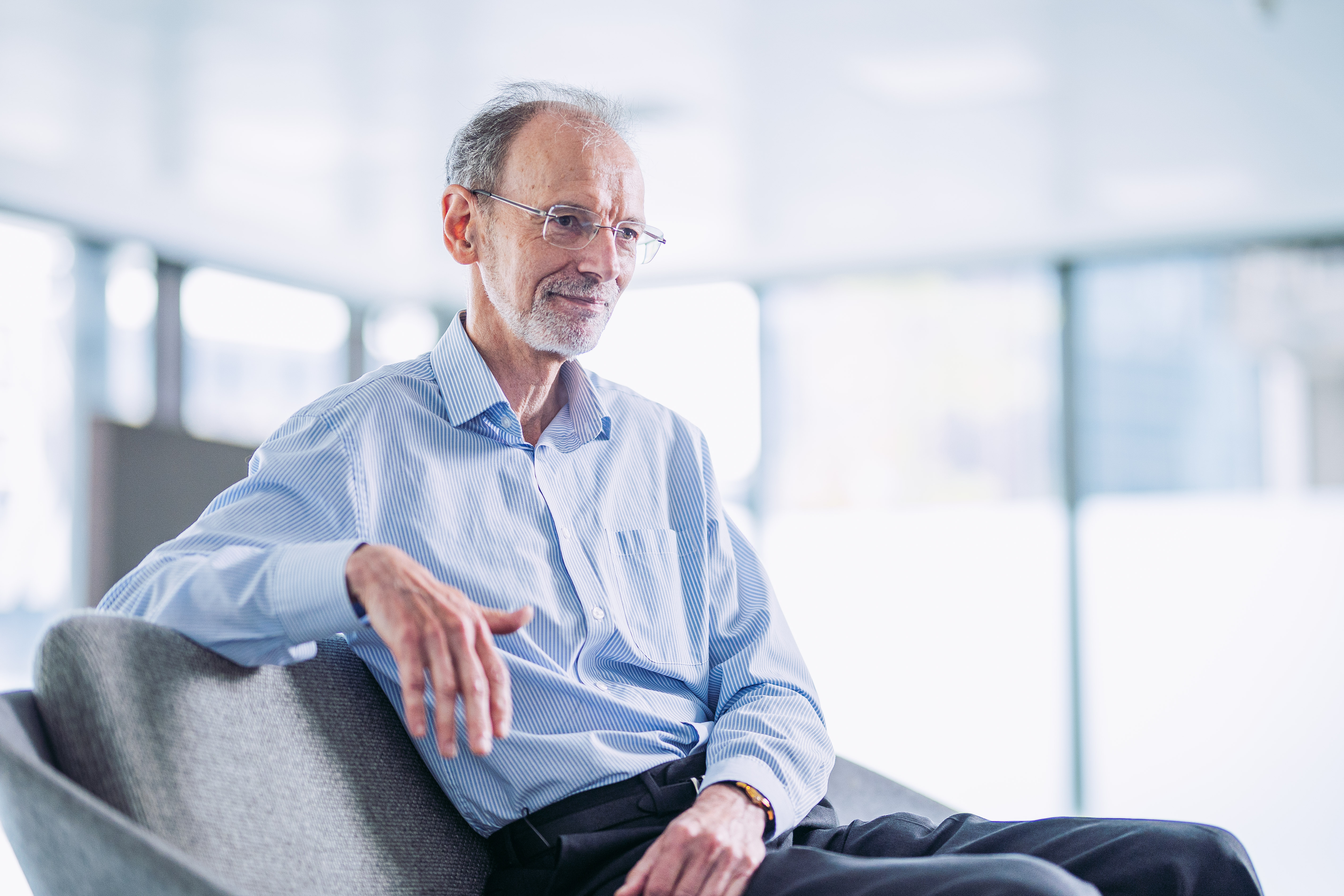Tony O’Brien: a driving force behind the observational method
Tony O’Brien is a chartered civil engineer and specialist in geotechnical and foundation engineering. He has spent more than 40 years improving engineers’ understanding of the ground beneath our feet.
More people need to challenge the status quo. If we’re going to do anything meaningful in terms of sustainability, we cannot keep doing what we’re doing.
Tony O’Brien is a leading light in employing the observational method (OM), a process which adapts the construction of foundations, deep excavations or tunnels according to modelling and analysis of data from continuous measurement of ground movement.
“Geotechnical engineering is art and science,” says Tony. “It isn’t magic, but the benefits we can deliver in budget, schedule and environmental and community impact can make it seem like it is.”
This is his story.

Tony O’Brien is the global leader for Mott MacDonald’s geotechnics practice, a 500-strong international team of professionals he helped build. He is a Fellow of the Royal Academy of Engineering and a Fellow of the Institution of Civil Engineers. He contributes to numerous technical committees worldwide.
Tony is a leader in the field of the observational method (OM), which enables project teams to tailor ground support to actual conditions, often resulting in significant savings in materials, time, and cost, as well as improved safety for workers.
One of Tony’s most high-profile applications of the OM was during construction of the new Wembley Stadium in north London. The stadium’s famous 1700t, 330m tall, 315m span steel arch was assembled on the ground and then had to be lifted into position. This was done by creating a rotating connection between the ends of the arch and its foundations. The crown of the arch was then hauled up to its final position 22° off vertical. The six week lift placed huge temporary sideways forces on the foundations. To protect against potential movement, the foundations would ordinarily have been substantially ‘over-designed’ to compensate for horizontal loading. However, Tony and team used the OM to monitor the foundations. The team had designed extra support in case needed, but monitoring showed that the foundations resisted movement without, and the lift was completed avoiding the additional complexity and cost.
Tony’s expertise has taken him all over the world to work on the most complex geotechnical challenges. One was creation of 7000ha of reclaimed land for the third runway at Hong Kong International Airport. Dredged material had to be built up on the extremely soft clay seabed. Conventionally thousands of piles would be installed to bear the weight of the reclaimed land – at huge cost and causing extensive water pollution in the process. Tony and Mott MacDonald colleagues solved the problem by mixing cement deep into the clay, effectively transforming it into concrete. It was the region’s first application of deep soil mixing, changing perceptions internationally of how soft marine clays can be engineered.
Climate change has been of major interest in the last 20 years. Tony’s research into how climate change affects soil, in conjunction with Cambridge University and Southampton University, has been written into the guidance that governs all railway and highway infrastructure across the UK.
“Tony is preeminent in his field,” says James Harris, chair of Mott MacDonald’s executive board. “His work on understanding the impact of climate change on earthworks movement is hugely significant and has been baked into best practice across the UK and internationally.”
Sharing what he’s learned with others is important to Tony. He has written four technical books and more than 50 papers on ground engineering, contamination and earthquake resilience. He is lead author for the section on foundation design in the ICE Manual of Geotechnical Engineeringand he is a visiting professor at the Universities of Southampton University and Imperial College London.
Tony encourages young engineers to use their imaginations to seek better solutions. “More people need to challenge the status quo. If we’re going to do anything meaningful in terms of sustainability, we cannot keep doing what we’re doing,” he says. “We need to get out of our comfort zones. We learn more about ourselves and create better solutions in the process.”
Tony is taking his own advice by becoming an early adopter of technologies that use artificial intelligence. He says: “We’re creating data mountains but we can’t analyse it all – we need machine learning to help us extract value in a better timeframe.”
Join trailblazers like Tony O’Brien by exploring opportunities within our geotechnical engineering teams, here.
Start your journey
A career at Mott MacDonald means an opportunity to deliver value, innovation and excellence in some of the world’s most pivotal industries. Apply now to be part of a global team of experts pushing each other to be brilliant every day.










